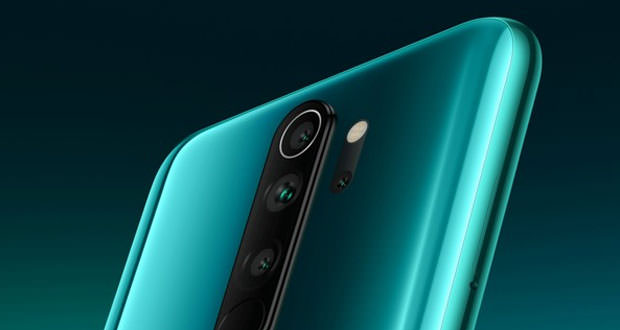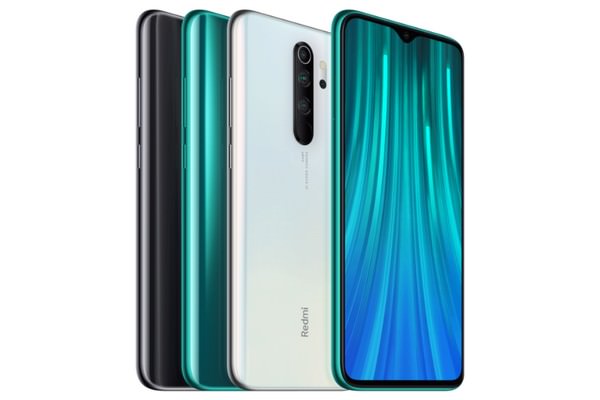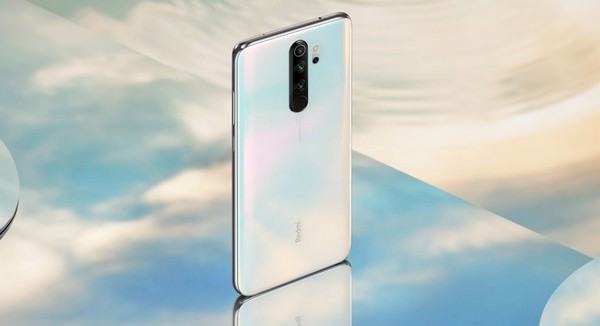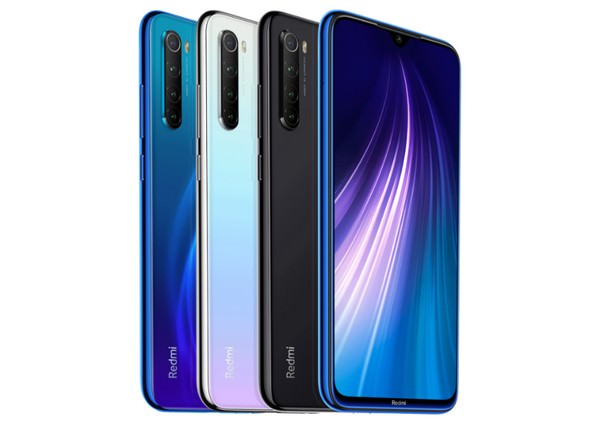Redmi Note 8 Pro: The smartphone with a 64 MP sensor
This is the first smartphone with a 64 MPixel resolution sensor: it’s the new Redmi Note 8 Pro made by the Xiaomi sub-brand. Here is the information and technical features of the Pro and standard version.
As it already announced a few days ago, the Xiaomi sub-brand (Redmi) has announced two new mid-range smartphones: Redmi Note 8 Pro and Redmi Note 8 which bring more than one novelty with them. Here are the essential information on these two models.
The first smartphone with a 64 MP sensor
Starting with the Redmi Note 8 Pro, we are faced with an Android smartphone with a 6.53″ display and which uses an LCD panel with FHD+ resolution. The manufacturer has tried to limit the edges as much as possible by reducing the bottom edge to one 4.2 mm thick.
Inside the Redmi Note 8 Pro, we do not find the usual Qualcomm SoC but rather a MediaTek Helio G90T solution (this is the first smartphone that uses it) coupled with 6 GB of RAM and 64 GB of storage or 8 GB of RAM and 128 GB of storage space. The battery instead has a capacity of 4500 mAh with support for fast charging at 18W.
The most interesting part of the Redmi Note 8 Pro is the main rear sensor: this is the Samsung ISOCELL Bright GW1 of which we have already discussed previously. This is the first commercial use for a 64 MPixel resolution sensor on a smartphone, but in the future it will become increasingly popular thanks to the arrival of smartphones from Realme and Xiaomi.
Other sensors like the 8 MPixel (wide-angle), 2 MPixel (depth) and 2 MPixel (macro) could not be missing. The front camera, on the other hand, has a resolution of 20 MPixels and is not pop-up but integrated in the notch. There is also the possibility of using AI to recognize and improve the proposed scenes.
The ” basic ” model has a 48 MP sensor
As written in the opening, not only the Redmi Note 8 Pro was presented but also the less powerful version called simply Redmi Note 8. As it is logical to expect, in this case the performances and features have been revised down to contain the price.
In this case, the screen has a 6.3″ diagonal with FHD+ resolution (always LCD) while inside, there is a Qualcomm Snapdragon 665 SoC with eight Kryo 260 cores with frequencies of 2.2 GHz (four cores) and 1.8 GHz (the remaining four.) There are three versions of Redmi Note 8 with cuts ranging from 4 GB of RAM and 64 GB of storage up to 6 GB of RAM and 128 GB of storage (passing through 6 GB of RAM and 64 GB of storage).
In the rear area of Redmi Note 8 (in addition to the fingerprint reader) we find a 48 MPixel sensor (Samsung ISOCELL GM2), an 8 MPixel camera (wide angle), a 2 MPixel (macro) and another 2 MPixel for the depth. The front camera has a resolution of 13 MPixels instead.
The built-in battery in the Redmi Note 8 has a 4,000 mAh capacity with 18W fast charge support and there is a USB Type-C port in addition to the audio jack.




